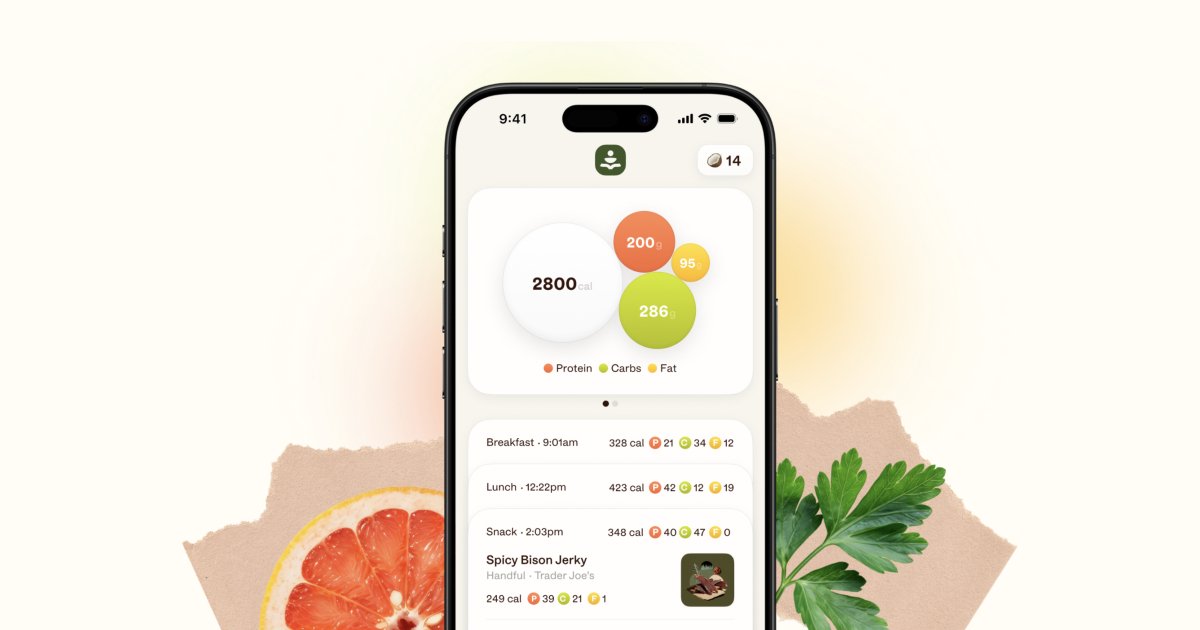Understanding food labels can often seem like deciphering a foreign language. With an array of terms and figures, the back of a food package can leave you with more questions than answers. However, learning how to read and understand these labels can empower you to make healthier choices for yourself and your family.
The first thing to note when looking at a food label is the serving size. This is the reference amount on which the rest of the information on the label is based. It’s important to realize that these serving sizes are often smaller than what people typically consume in one sitting. If you eat more than one serving, you’ll need to multiply all the other numbers on the label accordingly.
Next, take a look at the calories per serving. This tells you how much energy you’ll get from one serving of that food. Remember that your daily caloric needs depend on various factors including age, sex, weight, height, and physical activity level.
The nutrients listed next are divided into two main sections: those we should limit (like saturated fats, trans fats, cholesterol, and sodium) and those we need to ensure we’re getting enough of (like dietary fiber, vitamin D, calcium, iron).
Saturated fats and trans fats are types of fats that can increase your risk of heart disease if consumed in excess. Cholesterol is another nutrient linked with heart health; it’s recommended to keep intake under 300mg per day.
Sodium or salt content is also an important factor especially for those with high blood pressure or kidney disease. The general recommendation for sodium intake is less than 2,300mg per day.
Dietary fiber aids in digestion and helps maintain a healthy weight by providing feelings of fullness without adding many calories. The recommended daily intake for fiber varies between men and women but averages around 25-30g.
Vitamins and minerals like Vitamin D, Calcium and Iron are essential nutrients our bodies need to function properly. The percentage daily values (%DV) on the label tells you how much of your daily requirement of that nutrient is met by one serving of that food.
Another area to consider on the food label is the ingredient list. Ingredients are listed in descending order by weight, meaning the first ingredient listed contributes the most to the product’s weight and so on. Look for products with whole foods as the first ingredients and avoid those with long lists of unrecognizable terms, which often indicate a high level of processing.
Lastly, be aware of health claims on packaging. Phrases like “low fat” or “high fiber” may be true, but they don’t necessarily mean the product is healthy overall. A low-fat product might still be high in sugar or sodium, for example.
In summary, understanding food labels can take some time and practice but it’s a valuable skill when it comes to making healthier choices. By paying attention to serving sizes, calories, nutrients and ingredients you can make informed decisions about what foods and beverages you choose to consume.












